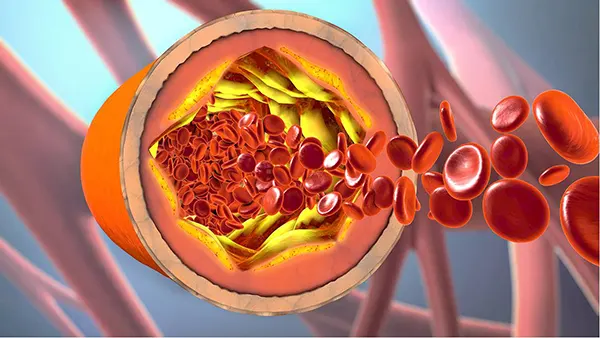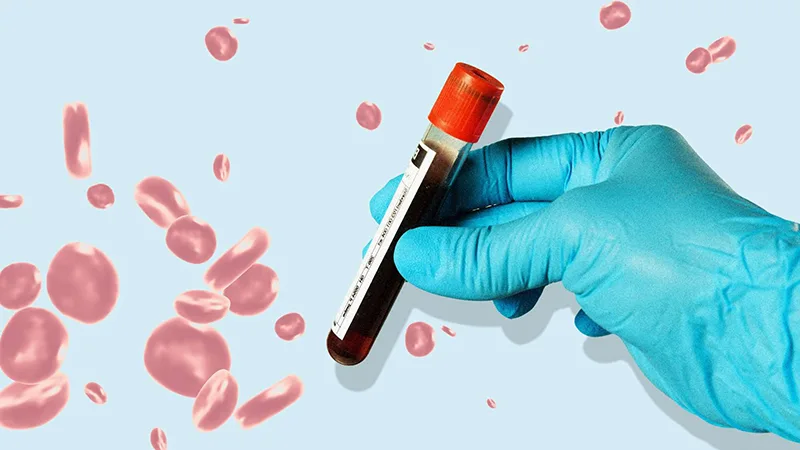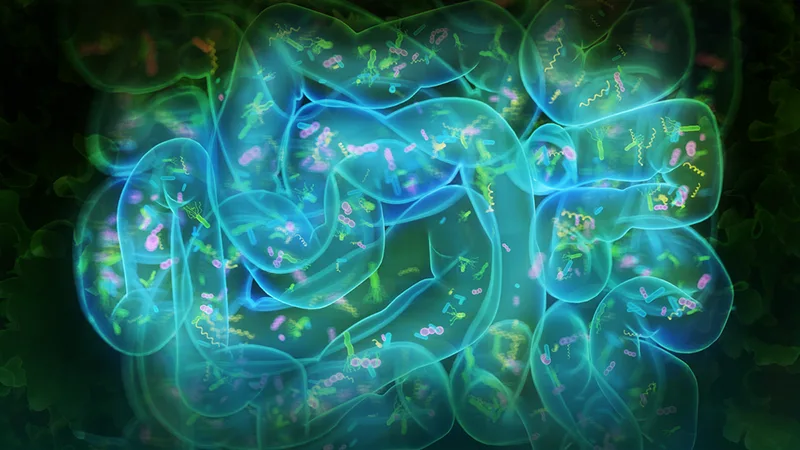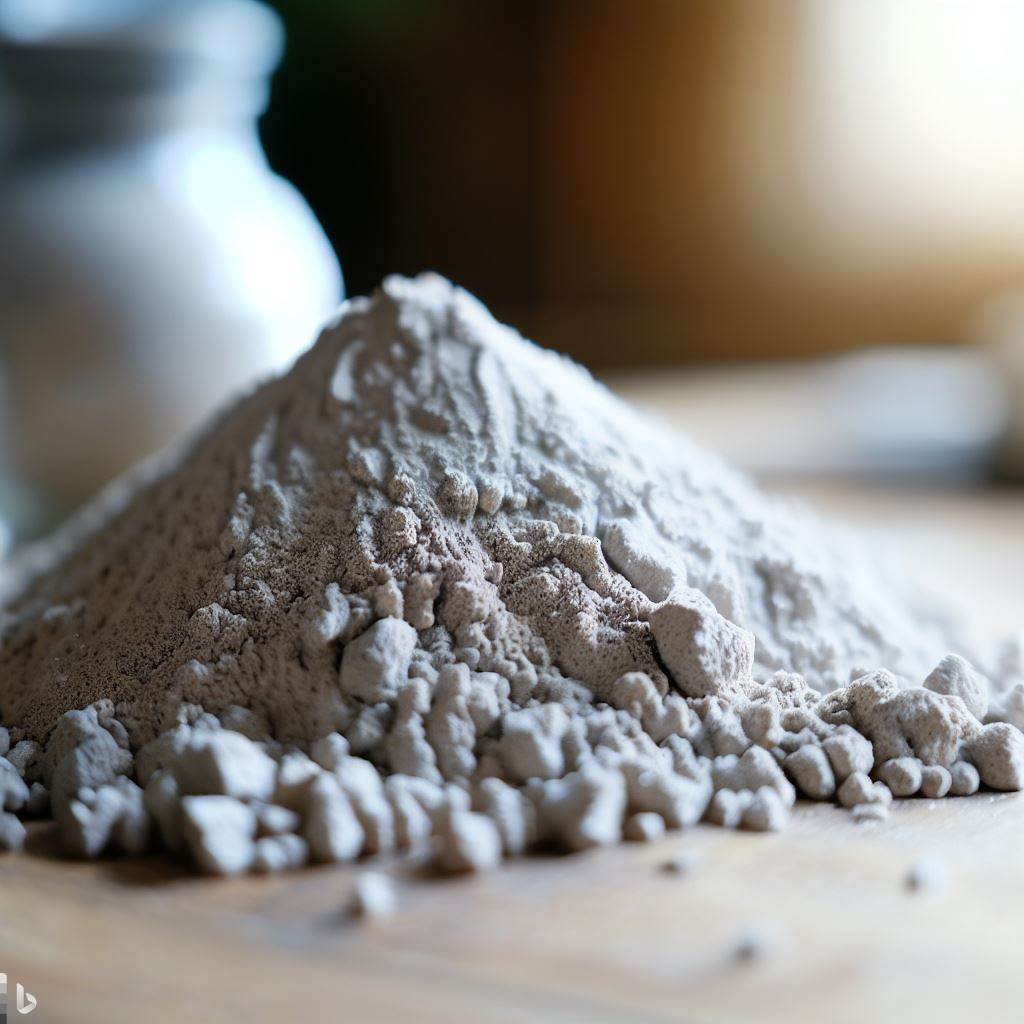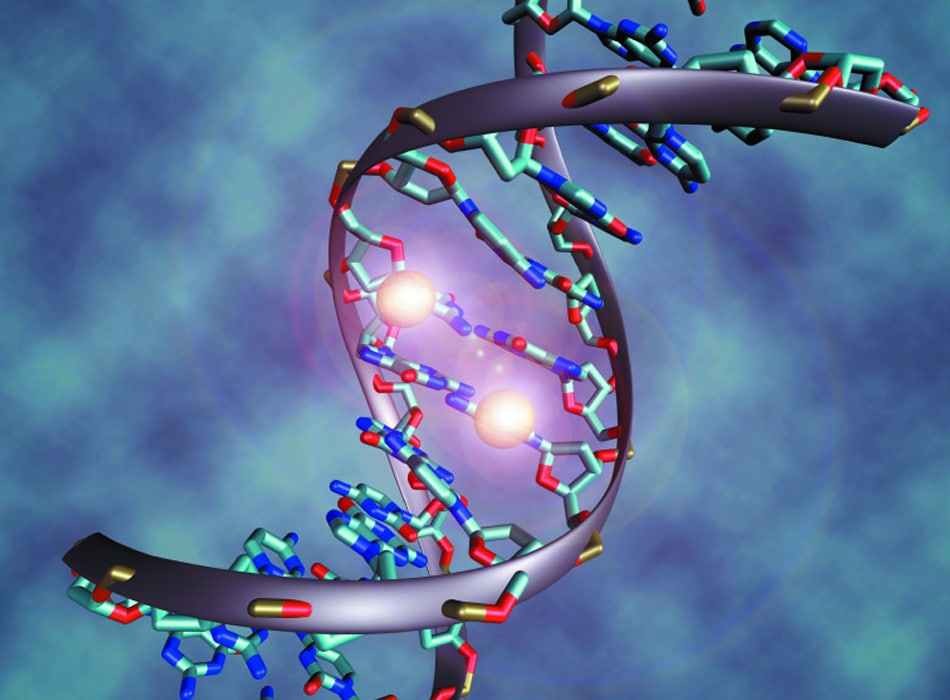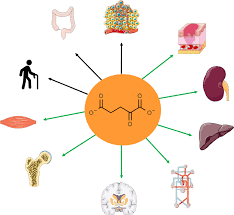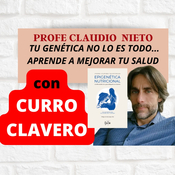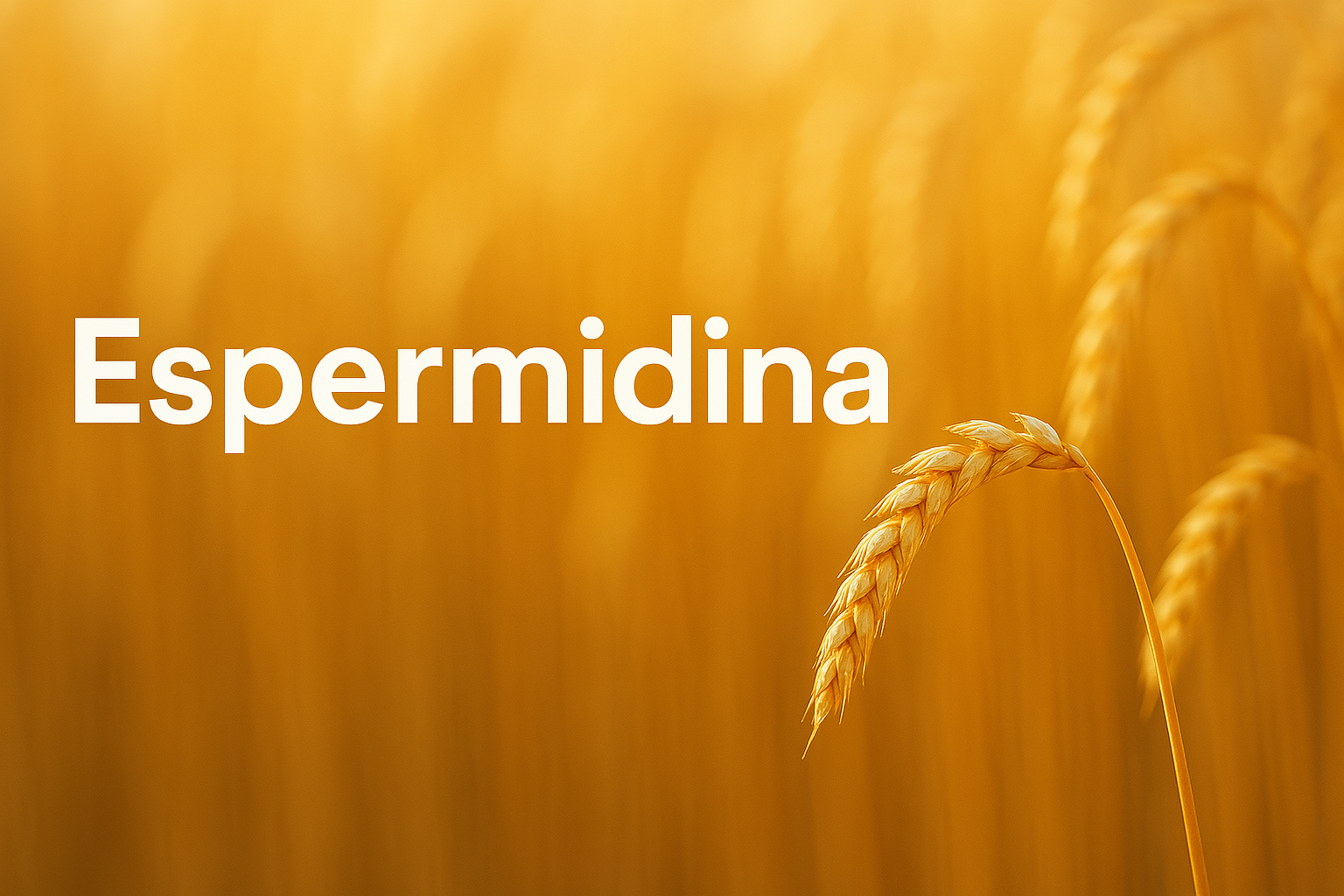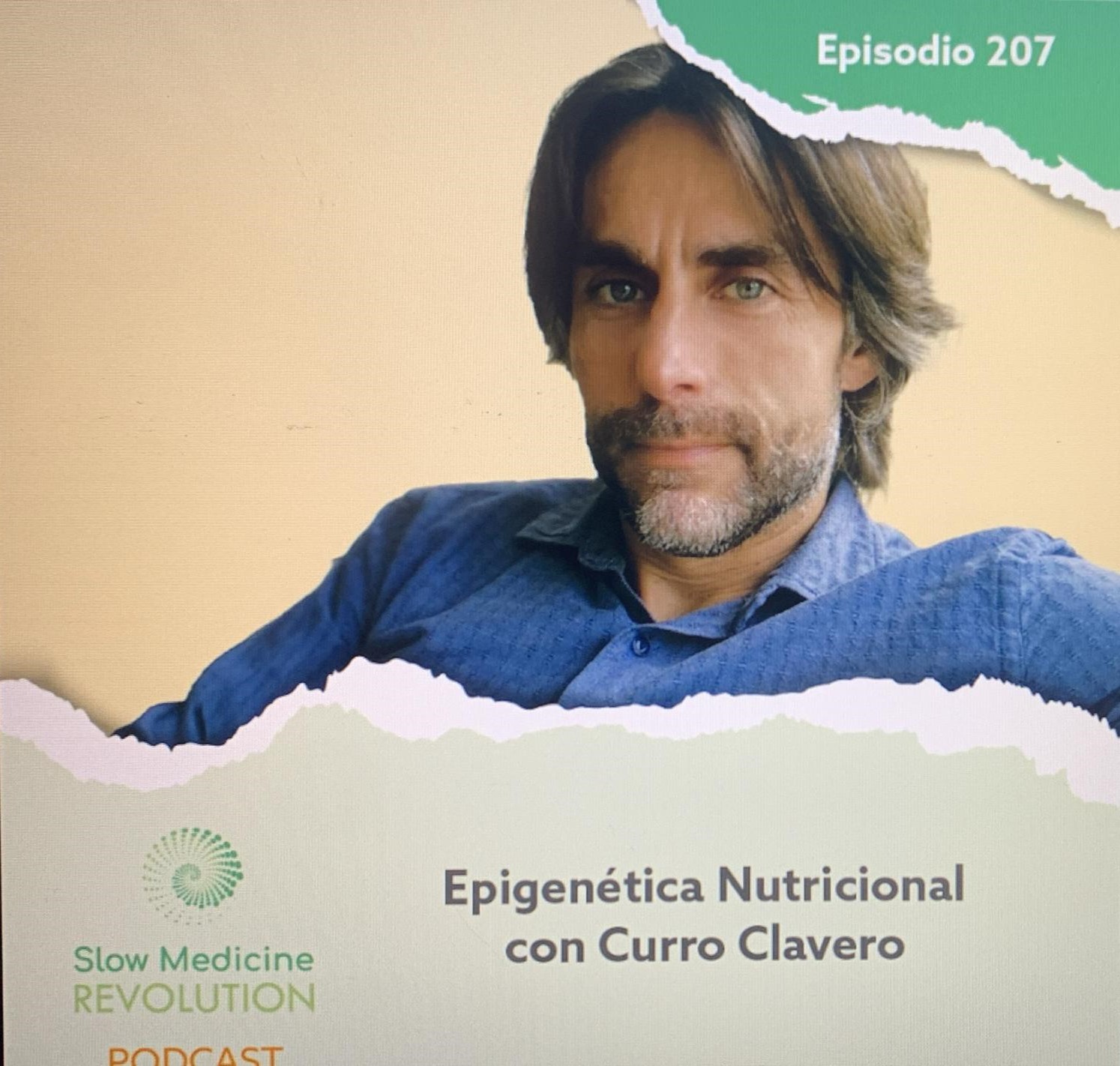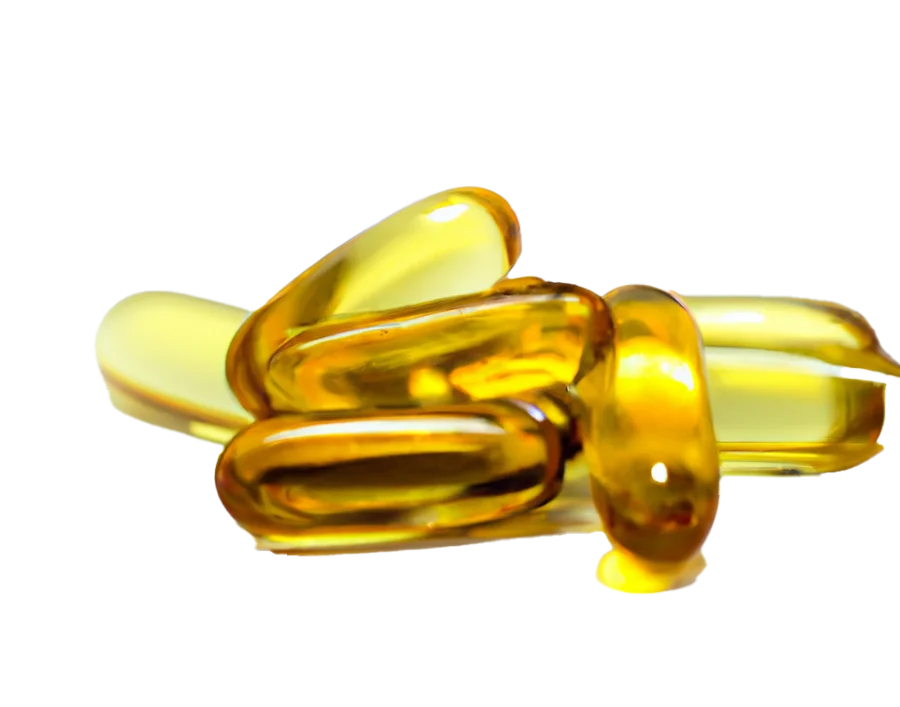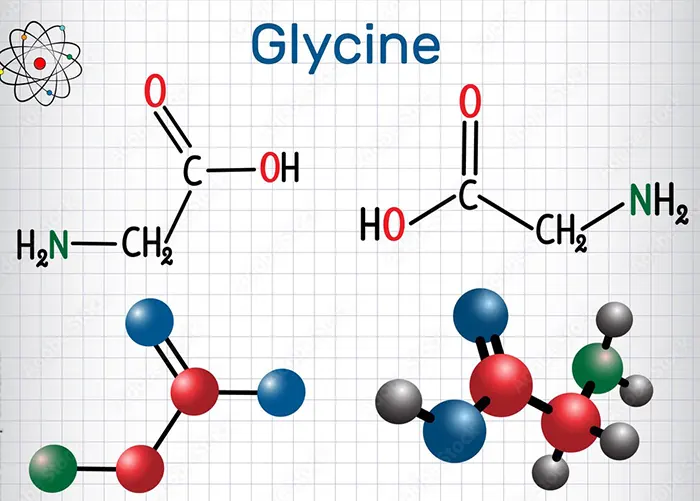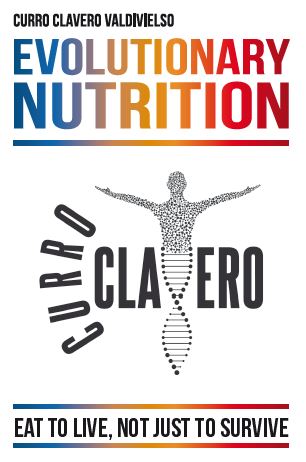I take some years following very closely the progress in research on this compound from that, about six years ago, I heard a neuroscientist, a biologist and pharmacologist at the University of Texas, Francisco Gonzalez-Lima, talk about the benefits of methylene blue in the improvement of Alzheimer’s disease.
Since already several customers have asked me for it, because it seems to be that it is getting trendy in the social networks, I think it’s a good time to talk about its benefits, potential uses and, above all, of the precautions.
Let’s do this.
What is it?
The methylene blue is a chemical compound synthetic, intense blue colour, created in 1876 by chemist Heinrich Caro as a dye in the textile industry. However, its medical potential is discovered years later, when the doctor and scientist, Nobel laureate Paul Ehrlich in 1891, used to stain cells and study their behavior under the microscope. This finding led him to explore its therapeutic properties, making it one of the first treatments for synthetic diseases such as malaria.
Since then, it has been used in various fields, including medicine, thanks to its unique chemical properties that allow it to move across cellular membranes and act within cells, especially in the functioning of the mitochondria, the “factories” of energy of our body.
These characteristics are those that confer their ability to enhance cellular functions, protect against the oxidative damage and to optimize energy metabolism.
Below, I’ll explain what makes this compound so special.
Characteristics of methylene blue
Chemical structure versatile
Methylene blue can switch between two chemical forms as required according to the cell:
- Reduced form (colorless): you can ‘give” or “donate’ electrons.
- Oxidized form (blue): it is able to ‘receive” or “accept’ electrons.
This change acts as a switch that allows you to balance the chemical reactions in the mitochondria: the processes of redox (reduction-oxidation). Let’s see it.
Interaction with the electron transport chain (helps in the production of energy)
In mitochondria, electrons flow through a system called the electron transport chain to generate energy (ATP). However, sometimes this system fails. It is here where the blue of methylene take action: if the system is blocked or damaged, the methylene blue can act as a “bridge” that facilitates the flow of electrons. In this way, it helps to produce more energy (ATP).
Potent antioxidant activity
To stabilize the above process, the methylene blue also reduces the generation of “free radicals” (ROS: reactive oxygen species), molecules oxidative damage cells and accelerate aging. In addition, thanks to its ability to switch between their forms oxidized and reduced, neutralizes ROS without exhausting chemically, making it an antioxidant highly effective in situations of oxidative stress.
It has been observed, moreover, that the methylene blue can help you to recover antioxidants such as glutathione, thus reinforcing the natural defenses of the cell.
Protection against misfolded proteins (harmful)
Sometimes, proteins within the cell are folded incorrectly, you may cause serious problems, such as occurs in neurodegenerative diseases such as Alzheimer’s or Parkinson’s. Methylene blue can avoid forming clusters toxic, preventing harmful proteins, such as amyloid-beta or tau, accumulate in the brain. Even in clusters already formed, has shown the capacity to dissolve these deposits and help the cells to function better.
Catalyst for cellular metabolism (to improve the use of oxygen)
The methylene blue is especially useful in situations where oxygen is scarce. Help the cells to make better use of the oxygen, optimizing each molecule to produce energy.
Benefits to human health of the Methylene Blue
Treatment of methemoglobinemia
It is the most widely known use and approved. The methylene blue helps to reverse this condition, in which the hemoglobin loses the ability to carry oxygen, and returned to its functional state.
Alzheimer’s, Parkinson’s and Huntington’s
Post-mortem studies have found that the enzyme cytochrome oxidase is inhibited in brains with Alzheimer’s disease, which prevents the brain to use oxygen to produce energy. Methylene blue acts as an “alternate route” that facilitates the transport of electrons in the mitochondria, thus restoring the energy metabolism, which improves memory and blood flow to the brain.
In addition, as we have already mentioned, the methylene blue is also beneficial because it reduces the accumulation of harmful proteins (beta-amyloid and tau) and protects against cell damage by reducing oxidative stress.
Anti-inflammatory effects
Methylene blue reduces the production of inflammatory mediators, such as nitric oxide (NO) by inhibiting the enzyme nitric oxide synthase (NOS), helping to control excessive inflammation in the tissues.
Antiapoptotic effects
Protects cells from damage that might lead to apoptosis (programmed cell death), especially in situations of oxidative stress or mitochondrial damage.
Inhibition of monoamine oxidase (MAO)
MAO is an enzyme that breaks down neurotransmitters such as serotonin and dopamine. To inhibit it, the methylene blue can increase the levels of these neurotransmitters in the brain, which could have applications in the treatment of neurological disorders and depressive.
Renewal mitochondrial
The methylene blue active processes, including mitochondrial biogenesis (the creation of new mitochondria) and autophagy (removal of cellular components damaged), helping to maintain cellular health.
Prevention of skin damage and skin ageing
Enhances cell proliferation in fibroblasts (the cells responsible for collagen and elastin and helps protect the skin against oxidative damage and UV rays.
Photodynamic therapy
It is used in combination with light to treat certain types of cancer, such as skin, lung, and prostate. The methylene-blue-generated reactive oxygen species (ROS) when activated with light, and these ROS attack and eliminate tumor cells.
Antimicrobial properties
Methylene blue has antiviral effects, antibacterial and anti-fungal: E. coli, Candida, hepatitis, HIV…
Precautions and contraindications
The methylene blue is a compound that is not present in the food or in the nature, so that we are not evolutionarily accustomed to ingest it. Those who already know me and have read my books, especially the last one, Epigenetic nutrition, you know that, while this is not a reason for you not to take a molecule as a supplement to, yes, takes me to “open your eyes” and to apply a more rigorous the “precautionary principle”.
In addition, we do not have long-term studies on its use continued, and, although there are some studies in humans, most have been conducted in animals.
That said, everything seems to indicate that at low doses (which we’ll see in the next section) is safe, but in average doses or high may cause side effects such as headaches, dizziness, disorientation, confusion, nausea, or vomiting. You can also dye the urine of blue-green, an effect is harmless and disappears when you delete the compound.
In high doses (>7 mg/kg) significantly increases the risk of serious side effects, such as hypertension, hemolysis, and neurologic toxicity.
We now turn to the special precautions.
Contraindications: when not to use
Deficiency of the enzyme G6PD
deficiency of the enzyme G6PD is a genetic condition that affects the body’s ability to protect the cells, especially red blood cells, the damage caused by certain medicines, foods, or infections.
In people with this condition, the methylene blue is not metabolized properly, which can cause a serious problem called hemolytic anemia, in which red blood cells are destroyed faster than the body can replace them. This can cause fatigue, weakness, yellowing of the skin (jaundice), and other symptoms related to the lack of oxygen in the tissues.
Pregnancy
methylene blue is contraindicated during pregnancy, because it may cause harm to the fetus, including problems in the formation of intestinal and fetal death.
Breastfeeding
is Not recommended for use during breastfeeding, as it can pass to the baby through the breast milk and cause adverse effects.
Kidney failure
In people with kidney problems, the methylene blue may accumulate in the body, increasing the risk of toxicity.
Use in combination with antidepressant medications (selective serotonin)
Should be avoided in people who take antidepressants or medicines that increase serotonin, due to the risk of serotonin syndrome.
Supplementation
Type of supplement
The usual format in Europe is a 1% solution (equivalent to 10 mg/ml) with dropper. I use one of pharmaceutical quality (this), of the same brand that you used for the zeolite. With all supplements, it is very important to ensure the quality (purity), but in this case, even more so.
Each drop contains 0.05 ml (0.5 mg methylene blue).
Daily dose
As we have discussed, it is vital to keep a low dose to avoid possible adverse effects. A low dose would be approximately 0.5 mg per kilogram of body weight. Using the product mentioned, would be equivalent to 1 drop per every kilogram of body weight. For example, if you weigh 60 kg, you will need 30 mg of methylene blue, which is equivalent to 60 drops per day.
Ways to eat
The ideal is to mix it with water. Given that its half-life is 12-14 hours, I recommend not to take the entire daily dose at once, but to split it into two doses every 12 hours (or three shots every 8 hours).
Recommended use
While there are no larger studies on its long-term use in humans, I do not recommend you take it continuously, except in the following two situations:
- Intermittently: in periods of stress, fatigue, or a physical challenge or cognitively significant. Do not use it for more than 2 months in a row, and at least resting the same time after.
- Continuously: in people with Alzheimer’s or Parkinson’s disease, where the risk/benefit ratio is favorable. In these cases, the long-term risk is very low, due to the advanced age of the patients, while the potential benefits may be considerably high. For these cases of disease, the dose previously exposed, can bend (1 mg x kg body weight) or even quadruple (2 mg x kg body weight).
Some studies consulted
https://pmc.ncbi.nlm.nih.gov/articles/PMC8699482
https://www.ncbi.nlm.nih.gov/books/NBK557593
https://link.springer.com/article/10.1134/S0006297922090073
https://pmc.ncbi.nlm.nih.gov/articles/PMC9618115
https://translationalneurodegeneration.biomedcentral.com/articles/10.1186/s40035-020-00197-z
https://pmc.ncbi.nlm.nih.gov/articles/PMC3602309





